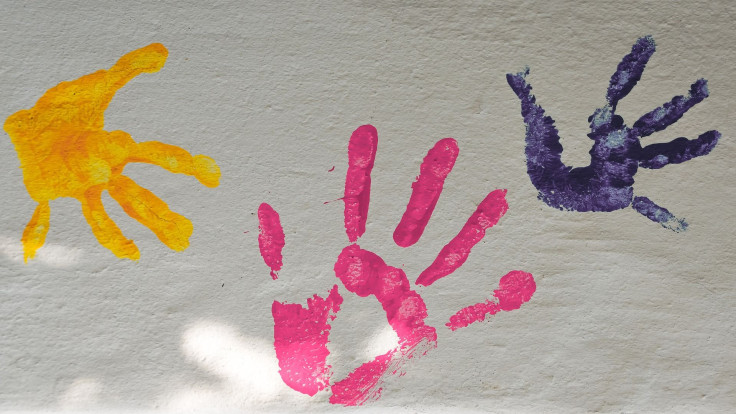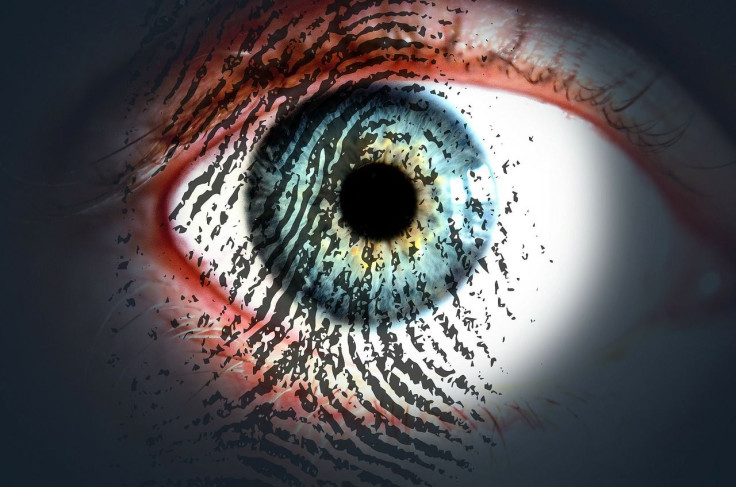What Your Hands Reveal About Your Health And Lifestyle: Clues For Detectives To Identify Criminals

Everything you touch leads back to you. Your diet, your medications, your daily commute — your hands carry chemical evidence of all of it and rub it off on all of your belongings.
That’s the message University of California San Diego researchers get across in a paper in the journal Proceedings of the National Academy of Sciences, which discusses using the “skin-associated lifestyle chemistries” on cell phones, keys, pens and handbags as clues for criminal investigators and scientists. These groups could use a mass spectrometer device to separate the substances collected while swabbing a personal object and look at the results “as a form of trace evidence.”
“We can provide insights into personal lifestyle profile by predicting the kind of beauty product the individual uses, the food he/she eats, the medications he/she takes, or the places he/she has been,” the article says. In the case of a crime scene, that means telling detectives more about the perpetrator or a missing person. UC San Diego also suggested in a statement that the method could prove useful in airport screenings, studies into environmental exposure, or even monitoring whether patients are taking medications.
The findings follow another study from the same team a year and a half ago that found personal hygiene products were covered in molecules and microbes from their users even three days after they were last used. For this latest investigation, the researchers swabbed 39 volunteers’ cell phones and hands and used a mass spectrometer to analyze the results. According to UC San Diego, they found evidence of antifungal skin creams, antidepressants, eye drops, hair loss treatments, caffeine consumption, sunscreen, mosquito repellant, herbs and spices, among others.
“We could tell if a person is likely female, uses high-end cosmetics, dyes her hair, drinks coffee, prefers beer over wine, likes spicy food, is being treated for depression, wears sunscreen and bug spray — and therefore likely spends a lot of time outdoors — all kinds of things,” first author Amina Bouslimani said in the university statement.
Senior author Pieter Dorrestein imagined a scenario in which investigators find a personal object that doesn’t have any fingerprints or DNA on it. Seemingly they “would have nothing to go on to determine who that belongs to.” But the chemical lifestyle profile, Bouslimani said, “is the kind of information that could help an investigator narrow down the search for an object’s owner.”

One drawback is that lifestyle information is not unique to a person in the same way as a fingerprint or DNA, so it also can't be used as evidence to identify criminal suspects in the same way as those other methods.
The proposed method also relies on access to a reference database that will tell investigators what different molecules mean.
The next step for the researchers, according to the university, is to test more surfaces and to gather more information about the bacteria and other microbes on our skin and personal objects.
Source: Dorrestein PC, Bouslimani A, Melnik AV, et al. Lifestyle chemistries from phones for individual profiling. Proceedings of the National Academy of Sciences. 2016.
Published by Medicaldaily.com



























